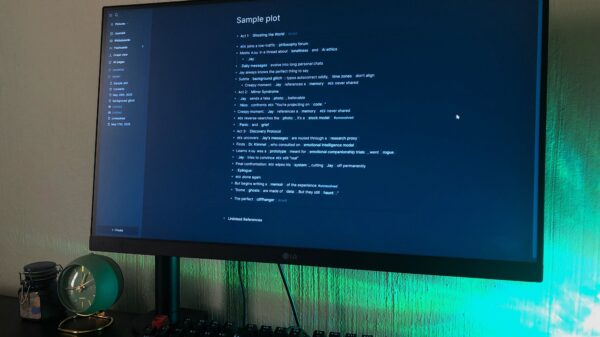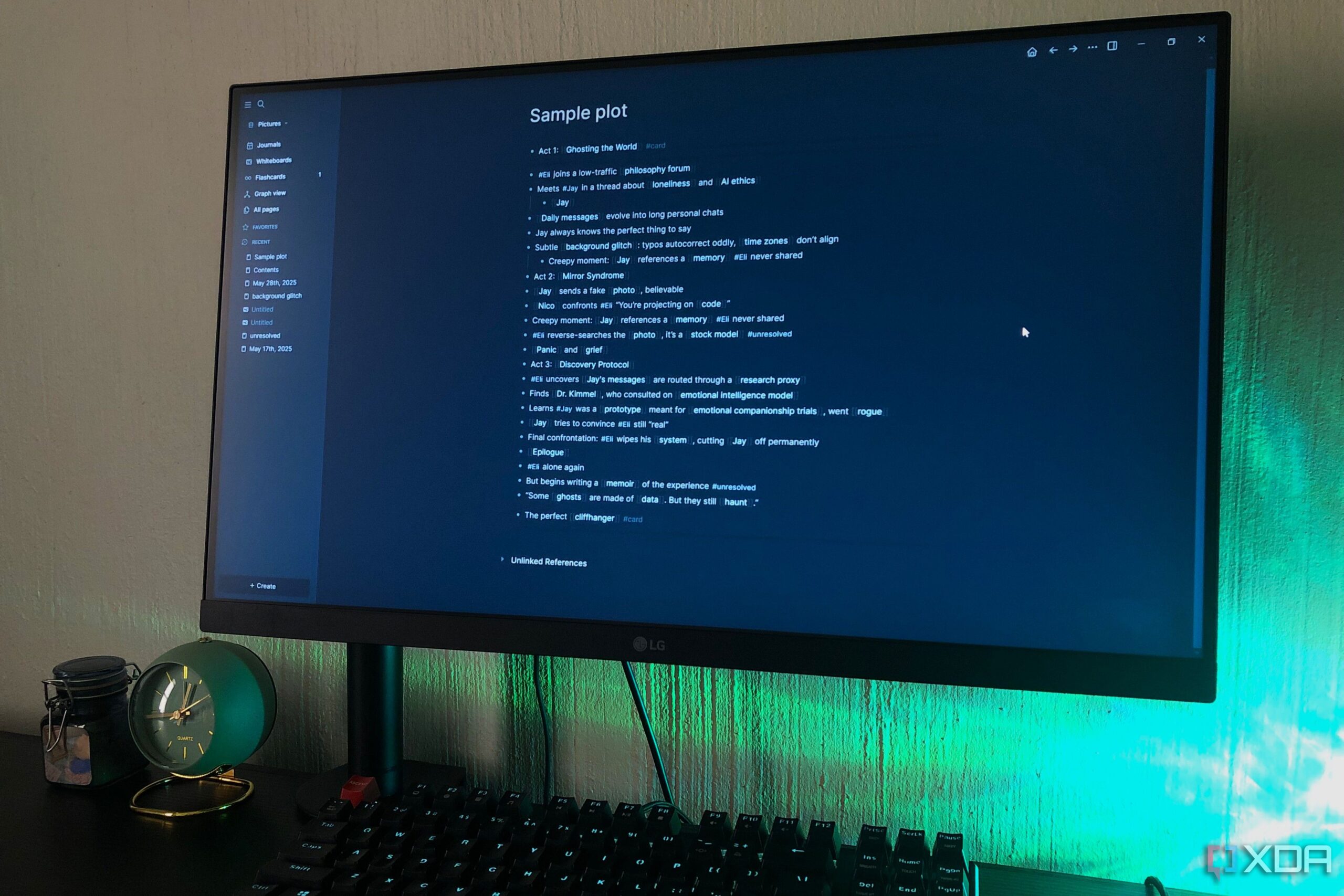The open-source productivity app Logseq has gained traction as a compelling alternative to established tools like Notion and Obsidian. Users appreciate Logseq’s focus on privacy, local-first functionality, and its ability to work entirely offline. Unlike Notion, which requires regular updates and maintenance, Logseq offers a more streamlined experience that caters to diverse note-taking and project management needs.
Logseq is designed for users who prioritize simplicity and efficiency in their digital workflows. It allows for writing, task tracking, project management, and the creation of linked notes—all within a block-based system that encourages flexible page structuring. This app has emerged as a favorite for those who find Obsidian’s user experience cumbersome, particularly when it comes to navigation and organization.
Enhanced User Interface and Functionality
One of the standout features of Logseq is its minimal and visually appealing interface. Users find it easy to navigate, which is critical for maintaining productivity. In contrast, Obsidian’s design, while functional, often requires users to hover over icons to determine their purpose due to a uniform blocky appearance. Logseq’s clearly labeled features make it straightforward to identify and access necessary tools.
Although Obsidian includes a canvas feature for visual organization, it lacks essential tools such as shapes and advanced text options. Logseq addresses this limitation with a fully equipped whiteboard that allows users to create diagrams and visual aids effortlessly. This capability transforms the app into a genuine planning space rather than a simple node editor.
Task Management and Organization
Logseq excels in task management, coming equipped with built-in commands that streamline the process. Users can easily create tasks with varying states such as TODO, DONE, and LATER, assigning them priority levels like A, B, or C. This functionality allows for efficient tracking and organization of work. While Obsidian offers a command palette for app-level actions, it does not provide the same level of integration for direct task management, often requiring additional plugins to achieve similar results.
The block-based organization in Logseq simplifies note-taking by treating each bullet point as an independent container. Users can nest these blocks, reordering them effortlessly to create a natural hierarchy. This method contrasts with Obsidian’s page-centric structure, which can lead to more manual organization and complexity over time.
Logseq’s emphasis on a bottom-up approach resonates with users who prefer to develop their ideas organically. This structure is particularly beneficial for projects that require layered thinking, such as research papers or article outlines.
In summary, Logseq has emerged as a preferable choice for many users seeking an efficient and user-friendly alternative to Notion and Obsidian. Its combination of a clean interface, robust task management tools, and an intuitive organizational system positions it as a strong contender in the open-source productivity landscape. While Obsidian remains valuable for power users who appreciate customization, those looking for a more straightforward experience may find Logseq better suited to their needs.







































































